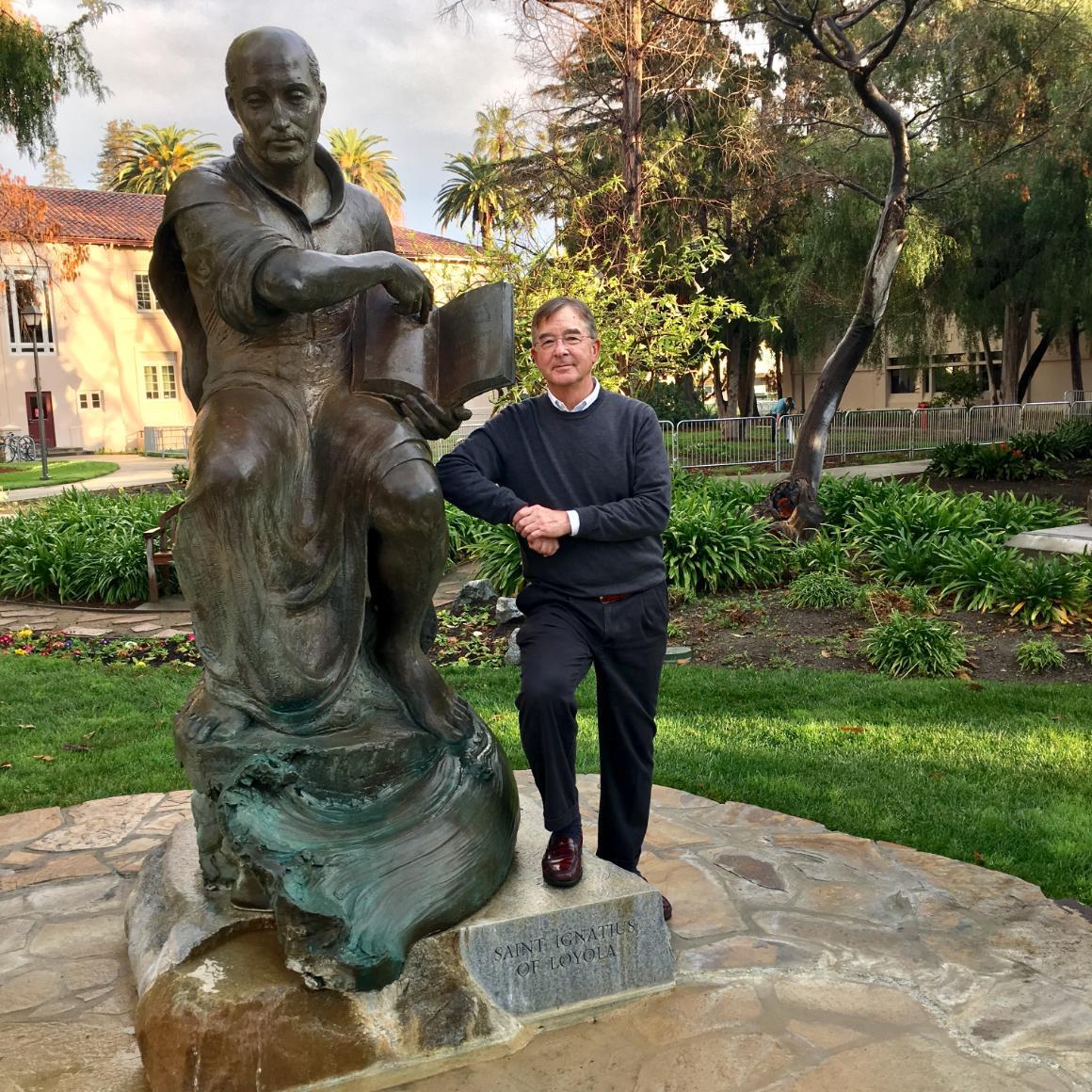
What's God Got to Do With It?
Does God have anything to do with innovation? Does innovation have anything to do with God? These two questions are the catalyst of a conversation Lanny Vincent, engineering adjunct lecturer, is avid about sparking. As a former Presbyterian pastor and consulting “innovation midwife” for Fortune 500 companies like HP, Sony, Seagate, Johnson Controls, and others, Vincent knows a thing or two about both theology and innovation.
This spring, in his new course, Innovation Theology: An Introduction (ENGR 141), Vincent will be challenging undergraduates to think deeply about where and why engineers choose to innovate. Bonus: the course fulfills an undergraduate core requirement in Religion, Theology, and Culture. Funding to develop the course came from the Kern Family Foundation through the School of Engineering’s KEEN program, a network of three dozen universities dedicated to integrating innovation and entrepreneurial thinking into undergraduate engineering programs. One of the School’s KEEN-related initiatives is to create courses in every core curriculum category.
“Getting an engineering degree is demanding,” Vincent said—even more so at Santa Clara, where students must take religion courses. “In this course, students get a ‘two-fer’—a class that is relevant to their profession which also helps them think about their future engagement from the point of view of theological inquiry,” he said.
Vincent, who also teaches the graduate course Innovation Design and Spirituality (ENGR 341), said the idea of innovation theology has been constantly bubbling up in his head and just wouldn’t go away. He spent two years researching and writing 13 essays and two books on the subject. “I keep asking myself, and others—technologists, engineers, venture capitalists, theologians—‘What is God up to?’ and ‘What should we be up to?’ Innovation decisions shouldn’t be defaulted to Sand Hill Road,” he said, referring to Silicon Valley’s VC hub.
How innovation and theology intersect deserves engineers’ attention, Vincent believes. Examining them in tandem can help us make sense of where and why we choose to innovate. He also hopes students in his course will aim their innovating toward the common good, not just the bottom line.
“I’m excited to start this conversation with the undergraduate students at Santa Clara,” he said. “We should be lifting up the visionaries and innovation midwives, developing innovators of competence, conscience, and compassion. The engineer’s role as innovator is seminal to change in the world. If we can spark within our students an interior conversation about God’s place in the process of innovation—however they think about God or religion—perhaps they can drive more positive change within their own lives, companies, and communities.”
More information:
innovationtheology.org
scu.edu/engineering/about/innovation-and-entrepreneurship
KEEN: https://engineeringunleashed.com